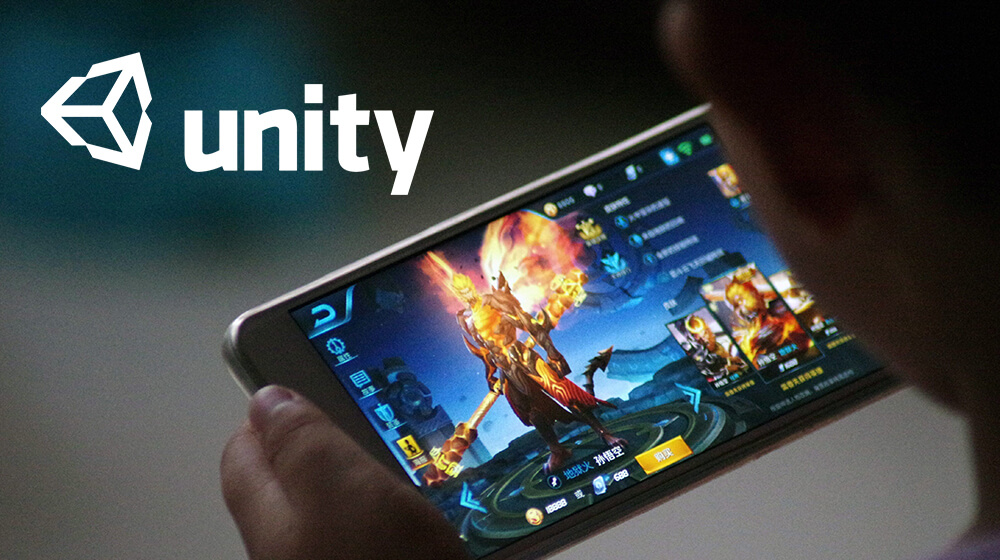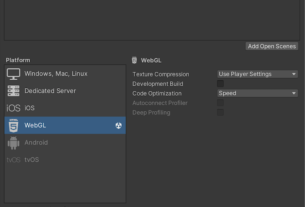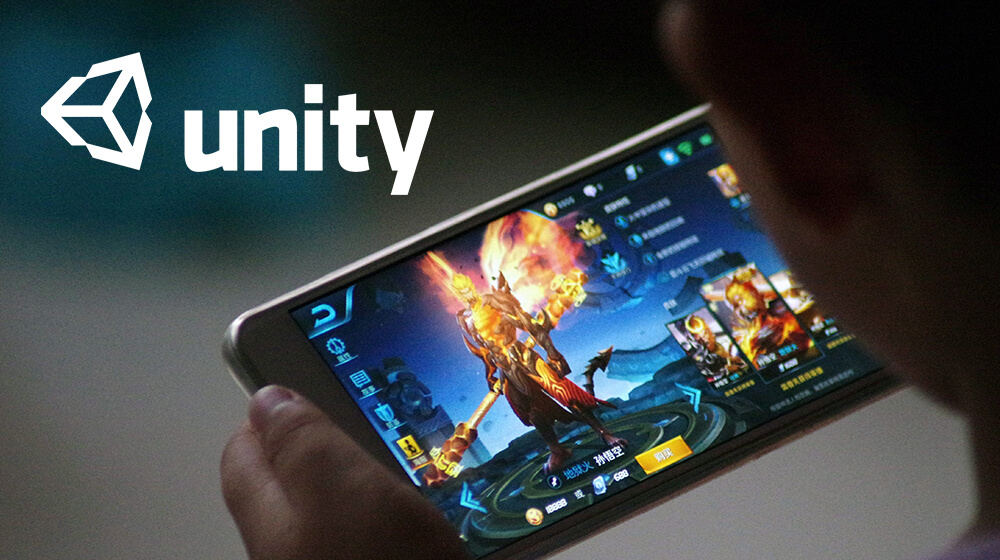
How to Make a Game in Unity 2024
Introduction
In recent years, mobile gaming has become one of the most lucrative sectors in the gaming industry. With the rapid advancements in technology and the widespread use of smartphones, developing mobile games has become more accessible and rewarding. Unity, a powerful and versatile game development platform, has emerged as a favorite among developers for creating high-quality mobile games. In this article, we will explore the steps and best practices for making a mobile game in Unity 2024, providing you with a comprehensive guide to turn your game ideas into reality. How to Make a Game in Unity 2024.
Getting Started with Unity
Downloading and Installing Unity 2024
To begin your journey in mobile game development, the first step is to download and install Unity 2024. Unity offers a free version for personal use and various subscription plans for professional developers. Visit the official Unity website, navigate to the download section, and select the version that suits your needs. Follow the installation instructions to set up Unity on your computer.
Setting Up a New Project
Once Unity is installed, open the application and create a new project. Choose the 3D template if you plan to develop a 3D game or the 2D template for a 2D game. Name your project and specify the location where it will be saved. Unity will then generate a new project with all the necessary folders and files.
Overview of the Unity Interface
Familiarizing yourself with the Unity interface is crucial for efficient game development. The main components of the interface include the Scene view, Game view, Hierarchy, Inspector, Project window, and Console. Each component serves a specific purpose in the development process, and understanding their functions will help you navigate Unity more effectively.
Understanding Game Design to Make a Game in Unity

Basics of Game Design Principles
Game design is the process of creating the content and rules of a game. It involves defining the gameplay mechanics, story, characters, and overall experience for the player. Understanding basic game design principles, such as balance, feedback, and challenge, is essential for creating an engaging and enjoyable game. How to Make a Game in Unity 2024.
Importance of Planning Your Game
Before diving into development, it is important to plan your game thoroughly. This includes brainstorming ideas, defining the game’s objectives, and outlining the gameplay mechanics. Planning helps you stay organized and ensures that you have a clear vision for your game. How to Make a Game in Unity 2024.
Creating a Game Design Document (GDD)
A Game Design Document (GDD) is a detailed blueprint of your game. It outlines the game’s concept, mechanics, story, characters, and levels. Creating a GDD helps you communicate your ideas effectively and serves as a reference throughout the development process. It is an essential tool for staying on track and ensuring that all aspects of the game are well thought out. How to Make a Game in Unity 2024.
Core Components of Unity to Make a Game in Unity
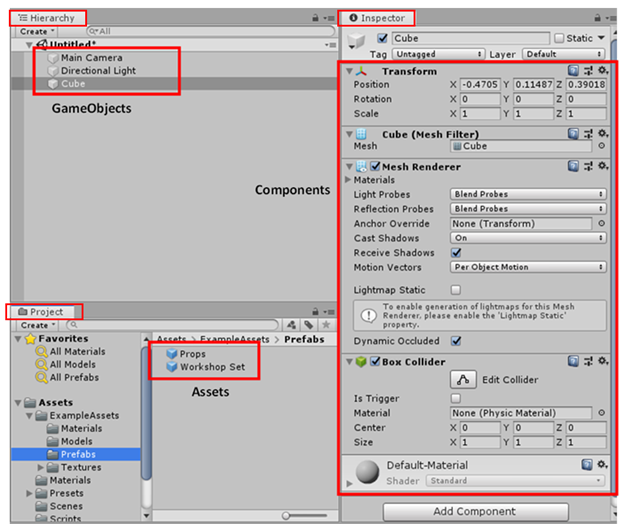
GameObjects and Components
In Unity, everything in your game is a GameObject. GameObjects are the building blocks of your game, and they can represent characters, props, lights, cameras, and more. Components are scripts or functionalities that can be attached to GameObjects to define their behavior. Understanding how to use GameObjects and Components is fundamental to creating your game. How to Make a Game in Unity 2024.
Prefabs and Instances
Prefabs are reusable GameObjects that you can create and store in your project. They allow you to create complex objects and easily replicate them throughout your game. Instances are copies of Prefabs that can be placed in different scenes. Using Prefabs and Instances helps you maintain consistency and efficiency in your game development process.
Scenes and Hierarchy
A Scene in Unity is a container for your GameObjects. It represents a single level or environment in your game. The Hierarchy window displays all the GameObjects in the current scene, allowing you to organize and manage them. Understanding how to work with Scenes and Hierarchy is crucial for structuring your game and ensuring that everything is properly organized. How to Make a Game in Unity 2024.
Scripting in Unity to Make a Game in Unity

Introduction to C# Scripting
C# is the primary programming language used in Unity. It is a powerful and versatile language that allows you to create complex game mechanics and interactions. If you are new to programming, learning the basics of C# is essential for developing games in Unity. There are numerous resources available online to help you get started with C# scripting. How to Make a Game in Unity 2024.
Understanding the Unity API
The Unity API (Application Programming Interface) is a collection of functions and classes that allow you to interact with Unity’s features and components. Familiarizing yourself with the Unity API is important for accessing and manipulating GameObjects, handling input, and implementing game logic. The Unity documentation provides comprehensive information about the API and how to use it.
Creating and Attaching Scripts to GameObjects
Scripts in Unity are used to define the behavior of GameObjects. To create a script, navigate to the Project window, right-click, and select Create > C# Script. Name your script and open it in your preferred code editor. Once you have written the script, attach it to a GameObject by dragging and dropping it onto the GameObject in the Hierarchy. This allows the GameObject to execute the script’s code during gameplay.
Creating Your First Game to Make a Mobile Game in Unity

Designing a Simple Game Concept
The first step in creating your game is to design a simple game concept. Think about the type of game you want to create, the target audience, and the main objectives. For beginners, it is advisable to start with a small and manageable project, such as a basic platformer or puzzle game. This will help you learn the fundamentals of game development without feeling overwhelmed. How to Make a Game in Unity 2024.
Setting Up the Game Environment
Once you have a game concept in mind, it’s time to set up the game environment. This involves creating the game world, including the terrain, backgrounds, and other visual elements. Unity provides various tools and assets to help you design your game environment. You can also import custom assets to give your game a unique look and feel.
Adding GameObjects and Components
With the game environment set up, you can start adding GameObjects and components to create the gameplay. This includes characters, enemies, obstacles, and other interactive elements. Use the Hierarchy window to organize your GameObjects and the Inspector to adjust their properties. Adding components, such as colliders and rigidbodies, allows your GameObjects to interact with each other and respond to player input. How to Make a Mobile Game in Unity 2024.
Building Game Mechanics to Make a Game in Unity

Player Movement and Controls
One of the core aspects of any game is player movement and controls. Implementing smooth and responsive controls enhances the player’s experience and makes the game more enjoyable. Use scripts to handle input from the player and apply forces or movements to the player character. Unity’s Input System provides various options for capturing input from different devices.
Implementing Game Physics
Game physics is another important aspect of game mechanics. It determines how GameObjects move, collide, and interact with each other. Unity’s physics engine allows you to simulate realistic physics behaviors, such as gravity, friction, and collisions. Adjust the physics properties of your GameObjects to achieve the desired gameplay effects.
Creating Interactions Between GameObjects
Interactions between GameObjects add depth and complexity to your game. This includes collisions, triggers, and other forms of interaction. Use scripts to define how GameObjects react when they come into contact with each other. For example, you can create enemies that chase the player, platforms that move when the player steps on them, and power-ups that grant special abilities.
User Interface (UI) Design to Make a Game in Unity

Introduction to Unity’s UI System
A well-designed user interface (UI) is essential for providing a seamless and enjoyable experience for players. Unity’s UI system allows you to create and customize various UI elements, such as buttons, text, images, and panels. The Canvas is the primary component for creating UI elements, and it serves as a container for all UI elements in your scene.
Designing a Main Menu and HUD
The main menu and heads-up display (HUD) are crucial parts of your game’s UI. The main menu provides players with options to start the game, access settings, and view credits. The HUD displays important information, such as the player’s health, score, and inventory, during gameplay. Use Unity’s UI tools to design and implement these elements, ensuring they are intuitive and visually appealing.
Implementing UI Elements and Navigation
In addition to the main menu and HUD, your game may require other UI elements, such as pop-up menus, dialogue boxes, and tutorials. Implement navigation between different UI screens using buttons and events. Unity’s Event System allows you to handle user interactions and create responsive UI elements. Ensure that your UI is accessible and easy to navigate for all players.
Adding Audio and Visual Effects to Make a Game in Unity

Importing and Using Audio Files
Audio plays a crucial role in enhancing the player’s experience. It includes background music, sound effects, and voiceovers. Import audio files into your Unity project and use the AudioSource component to play them. Adjust the volume, pitch, and spatial settings to achieve the desired audio effects.
Adding Sound Effects and Background Music
Sound effects provide feedback for player actions and add realism to your game. Background music sets the mood and atmosphere. Use audio clips for actions like jumping, shooting, and collecting items. Loop background music to create an immersive environment. Unity’s Audio Mixer allows you to manage and mix different audio sources effectively.
Implementing Particle Systems and Visual Effects
Visual effects, such as particle systems, enhance the visual appeal of your game. Particle systems can simulate effects like fire, smoke, and explosions. Unity’s Particle System component allows you to create and customize these effects. Experiment with different settings to achieve the desired visual impact and enhance the overall aesthetics of your game.
Optimizing Performance to Make a Game in Unity

Importance of Optimization in Games
Optimization is critical in mobile games to ensure smooth performance and a positive player experience. Mobile devices have limited resources, and poorly optimized games can lead to lag, crashes, and battery drain. Prioritize optimization throughout the development process to deliver a high-quality game.
Techniques for Reducing Lag and Improving Performance
There are various techniques to optimize your game, such as reducing the number of draw calls, optimizing textures and models, and using efficient algorithms. Profile your game regularly to identify performance bottlenecks and address them. Unity provides tools like the Profiler and Frame Debugger to help you analyze and optimize your game’s performance.
Profiling Tools in Unity
Unity’s profiling tools allow you to monitor your game’s performance in real time. The Profiler provides detailed information about CPU and GPU usage, memory allocation, and rendering performance. Use the Frame Debugger to inspect each frame and identify performance issues. Regular profiling and optimization will help you create a smooth and enjoyable gaming experience.
Testing and Debugging
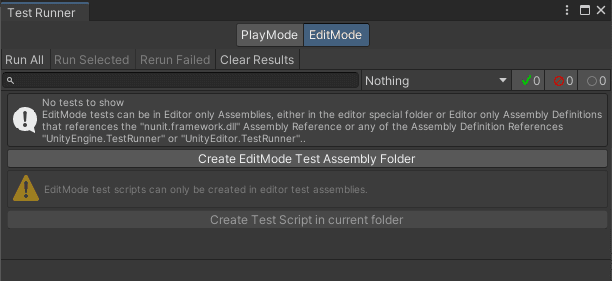
Importance of Testing Your Game
Testing is a crucial part of the game development process. It helps you identify and fix bugs, improve gameplay, and ensure that your game works correctly on different devices. Conduct thorough testing at various stages of development to catch issues early and maintain a high-quality game.
Common Debugging Techniques
Debugging is the process of identifying and fixing errors in your code. Use breakpoints, log messages, and error messages to pinpoint issues. Unity’s Console provides information about errors and warnings during gameplay. Systematically test and debug your game to ensure it runs smoothly and meets your design goals.
Using Unity’s Built-in Testing Tools
Unity offers several built-in testing tools to help you test your game. The Unity Test Framework allows you to write automated tests for your code, ensuring that it behaves as expected. Use Play Mode tests to simulate gameplay and validate game mechanics. Regular testing and debugging will help you create a stable and polished game.
Building and Publishing Your Game
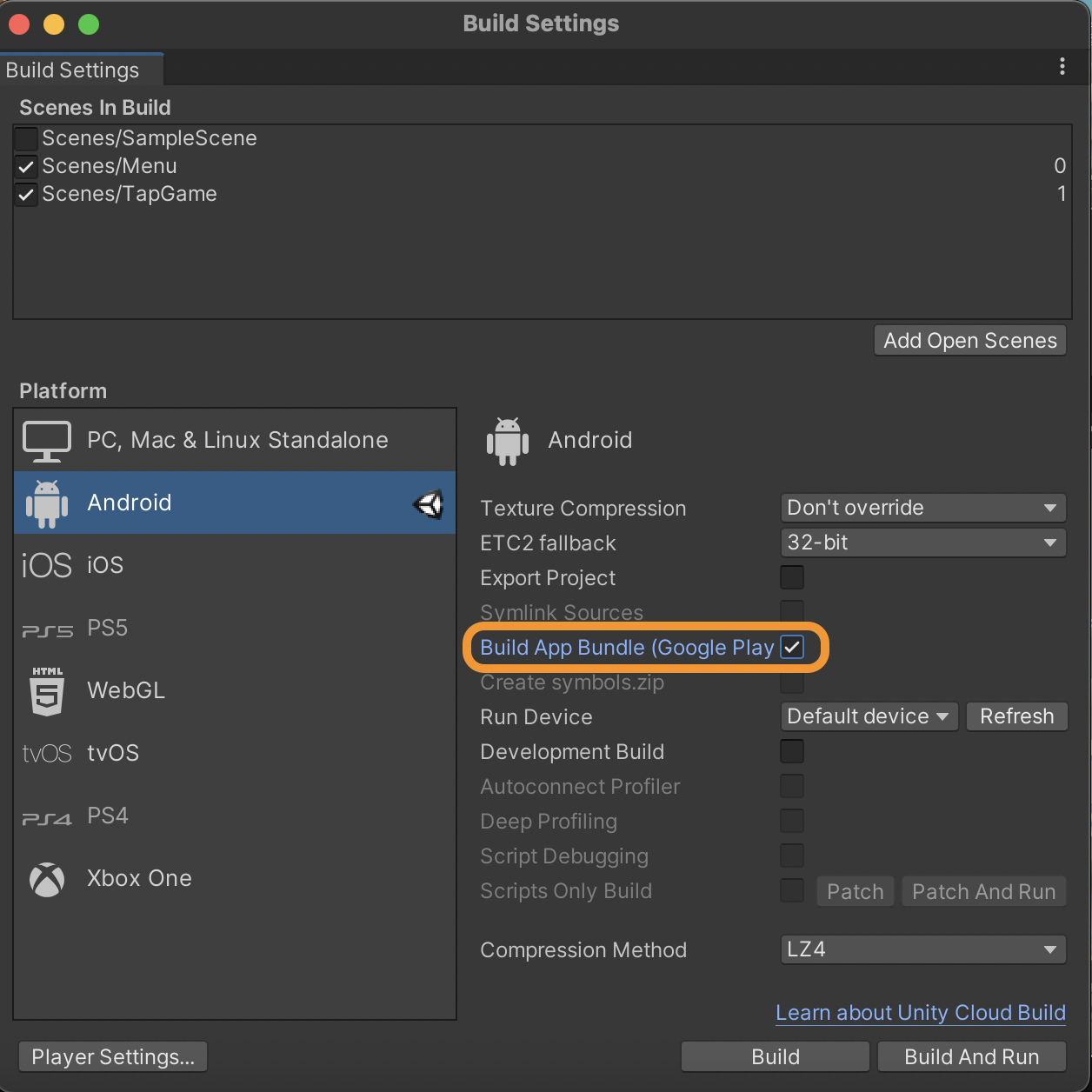
Preparing Your Game for Build
Before building your game, ensure that all assets, scripts, and settings are properly configured. Optimize your game’s performance and test it thoroughly to catch any last-minute issues. Use Unity’s Build Settings to select the target platform and configure build options.
Building Your Game for Different Mobile Platforms
Unity allows you to build your game for various mobile platforms, such as iOS and Android. Select the target platform in the Build Settings and configure the platform-specific settings. Follow the platform’s guidelines and requirements to ensure compatibility and optimal performance.
Publishing Your Game to App Stores
Publishing your game to app stores involves submitting it for review and distribution. Create developer accounts for platforms like Google Play and the Apple App Store. Follow the submission guidelines and provide necessary information, such as app icons, descriptions, and screenshots. Once your game is approved, it will be available for players to download and enjoy.
Advanced Topics in Unity

Implementing Multiplayer Functionality
Multiplayer functionality adds a new dimension to your game, allowing players to connect and play together. Unity provides various tools and services, such as Unity Multiplayer and Photon, to implement multiplayer features. Design your game with multiplayer in mind and consider aspects like matchmaking, synchronization, and server management.
Using Unity’s Asset Store
Unity’s Asset Store offers a wide range of assets, including models, textures, scripts, and tools, to enhance your game development. Browse the Asset Store to find assets that match your game’s style and requirements. Using pre-made assets can save time and effort, allowing you to focus on other aspects of development.
Introduction to VR and AR Development
Virtual Reality (VR) and Augmented Reality (AR) are emerging technologies that offer immersive and interactive experiences. Unity supports VR and AR development, allowing you to create games for devices like Oculus Rift, HTC Vive, and ARKit. Explore the possibilities of VR and AR to create innovative and engaging games.
Monetizing Your Game

Different Monetization Strategies
Monetization is essential for generating revenue from your game. There are various strategies to monetize your game, such as ads, in-app purchases, and premium versions. Choose a monetization strategy that aligns with your game’s design and target audience.
Implementing Ads and In-App Purchases
Ads and in-app purchases are popular monetization methods in mobile games. Use ad networks like AdMob and Unity Ads to display ads in your game. Implement in-app purchases to offer additional content or features. Balance monetization with gameplay to ensure a positive player experience.
Tips for Maximizing Revenue
To maximize revenue, focus on creating a high-quality game that attracts and retains players. Use data analytics to understand player behavior and preferences. Offer regular updates and new content to keep players engaged. Consider partnerships and collaborations to expand your game’s reach.
Community and Resources

Joining the Unity Community
The Unity community is a valuable resource for learning, sharing, and troubleshooting. Join forums, social media groups, and online communities to connect with other developers. Participate in discussions, ask questions, and share your experiences.
Useful Resources for Learning and Troubleshooting
There are numerous resources available to help you learn and troubleshoot Unity. The Unity documentation provides comprehensive information about the platform. Online tutorials, courses, and books offer step-by-step guides for various aspects of game development. Use these resources to expand your knowledge and skills.
Staying Updated with Unity’s Latest Features and Updates
Unity regularly releases updates and new features to enhance the development process. Stay updated with the latest releases and features to take advantage of new tools and improvements. Follow Unity’s blog, attend webinars, and participate in community events to stay informed.
Conclusion
Creating a mobile game in Unity 2024 is an exciting and rewarding journey. By following the steps outlined in this article, you can turn your game ideas into reality and create engaging and enjoyable experiences for players. Remember to plan your game, optimize performance, test thoroughly, and stay connected with the Unity community. Happy game developing!

